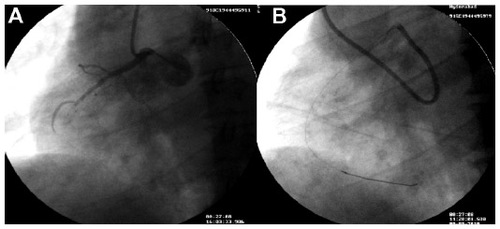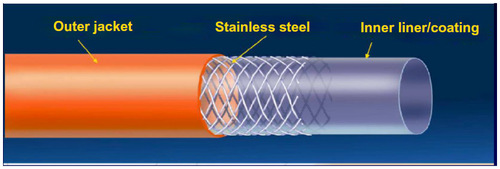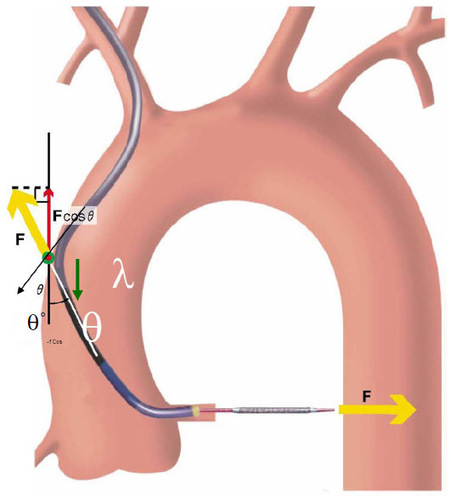Figures & data
Figure 3 Shape of a guide showing the curves and body.
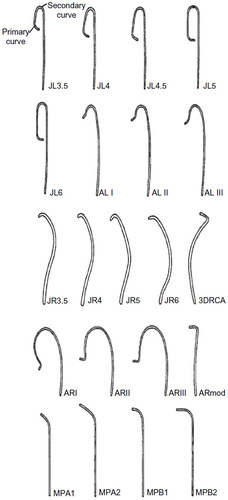
Figure 4 Illustration showing the relative sizes of diagnostic and guide catheters and preferred cases for simple, routine, and complex PCIs.
Abbreviation: PCI, percutaneous coronary intervention.
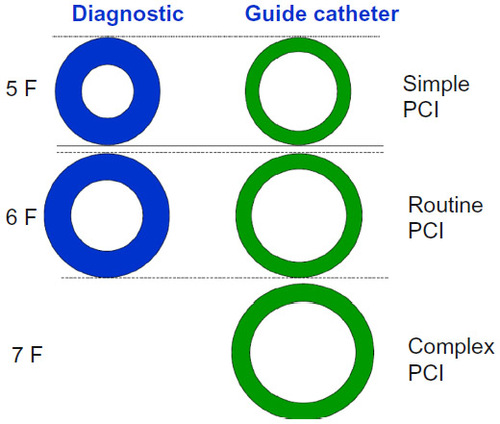
Table 1 Guide catheters for PCI to different coronary arteries
Figure 5 Commonly used guide catheters.
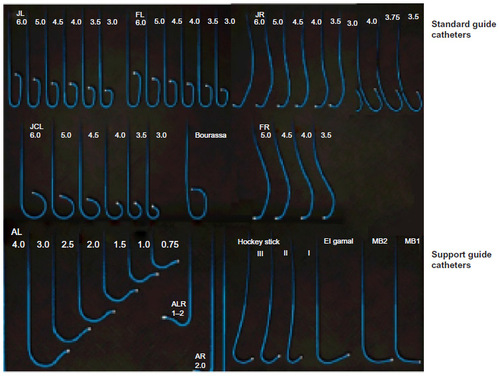
Figure 7 Power position of catheter when performing left percutaneous coronary intervention with a Judkins left catheter.
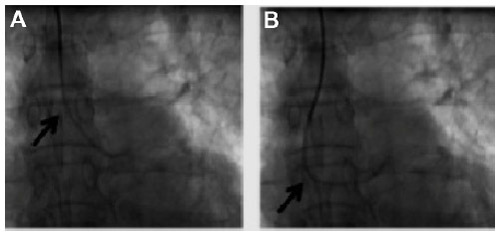
Figure 8 Power position of Hockey stick catheter while performing a difficult right coronary artery angioplasty (distal total occlusion) and straightening of the right coronary artery with deep inspiration.
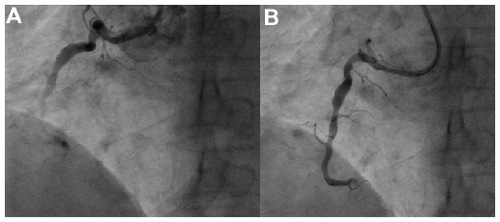
Figure 9 Extra backup support by using “mother-child” catheters concept.
Abbreviation: JR, Judkins right.
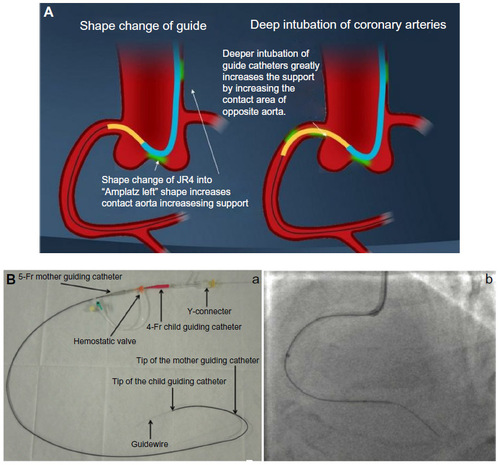
Figure 10 Deep seating of a Judkins right guide catheter to deliver a stent into the distal right coronary artery.
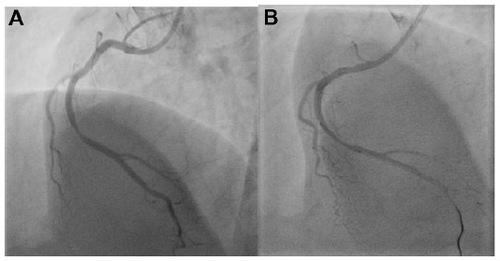
Figure 11 XB catheter for left anterior descending artery changed to an Amplatz left 2 catheter for proper support of percutaneous coronary intervention to the obtuse marginal artery.
Abbreviation: TIMI, thrombolysis in myocardial infarction.

Figure 12 Poor support provided by a Judkins right changed to an Amplatz I with buddy wire support percutaneous coronary intervention to a total occlusion of the mid right coronary artery.
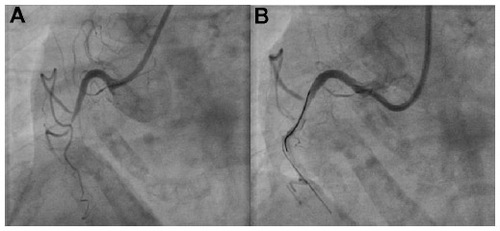
Figure 13 Inadequate support provided by a Judkins left guide catheter for an IVUS catheter post stenting of a left main artery.
Abbreviation: IVUS, intravascular ultrasound.

Figure 14 Comparison between the Ikari catheter and the Judkins left catheter.
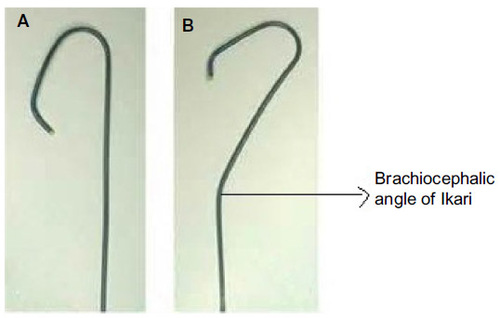
Figure 15 Optimum catheter selection by matching aortic sinus measurements with guide catheters available on the shelf in the catheterization laboratory.

Figure 16 Angioplasty of anomalous right coronary artery with a chronic total occlusion using a modified Amplatz left 1 catheter with balloon support over a Whisper wire.
